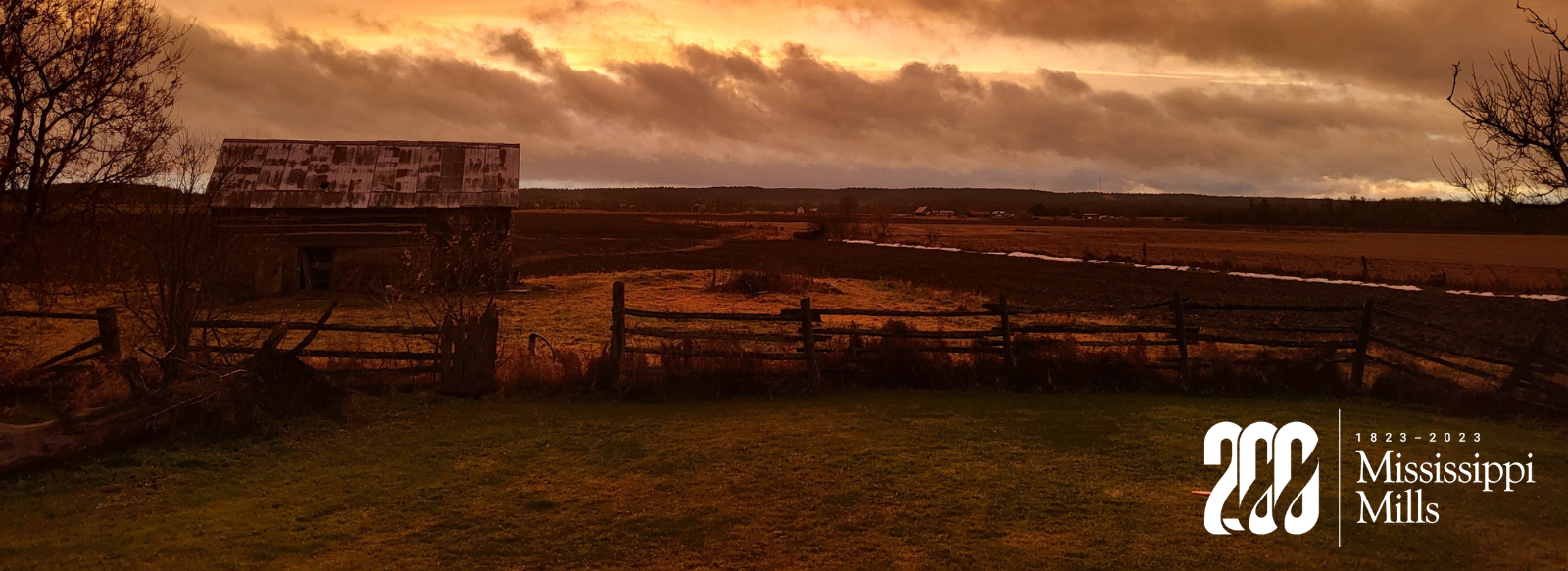Settlement Areas
Around 1823, settlements were established in various areas of Mississippi Mills by European settlers. Today, some of those have continued to thrive and maintain their history to this day and others have had their visual history crumble with time. This page will highlight the past and the present of the various settlements and the transformations they have gone through over the past 200 years.
Settlement Areas
| Almonte |
| Reuben Sherwood and Associates commenced surveying the old Ramsay Township (which included the land where Almonte is currently located) in 1820 and completed it in January of 1821. Land could not be granted to settlers until the survey was complete. In the Bathurst District papers, in the list of military settlers from Perth, is a notation that on December 11th, 1822, David Sheppard received Lot 15E and Lot 16E Concession 9 (the two one-hundred acre lots that make up most of present day Almonte) “on conditions”. He was to have a sawmill and grist mill erected within a certain time. He built a sawmill which burnt down before it was able to be used. Financially incapable of building another, he sold it to Daniel Shipman. Shipman was a United Empire Loyalist who had been living in Leeds County; he took over the lots and in 1823 erected both a sawmill and a grist mill. The area became known as Shipman's Mills. In 1850, two town plots were laid out – “Victoria” by Edward Mitcheson and “Ramsayville” by Daniel Shipman. They were combined in 1853 as “Waterford”, which in 1855 was renamed “Almonte”, after Juan N. Almonte, a famous Mexican general and diplomat. The opening of several woolen mills and the completion of a railway to Brockville, fostered the growth of Almonte, which by 1870 was one of Ontario’s leading woolen cloth manufacturing centres. Incorporated as a village in 1871, with a population of about 2,000, Almonte was proclaimed a town in 1880. The pictures below are courtesy of the Michael Dunn collection. For more information about Almonte and more from the Michael Dunn collection, visit Almonte.com. 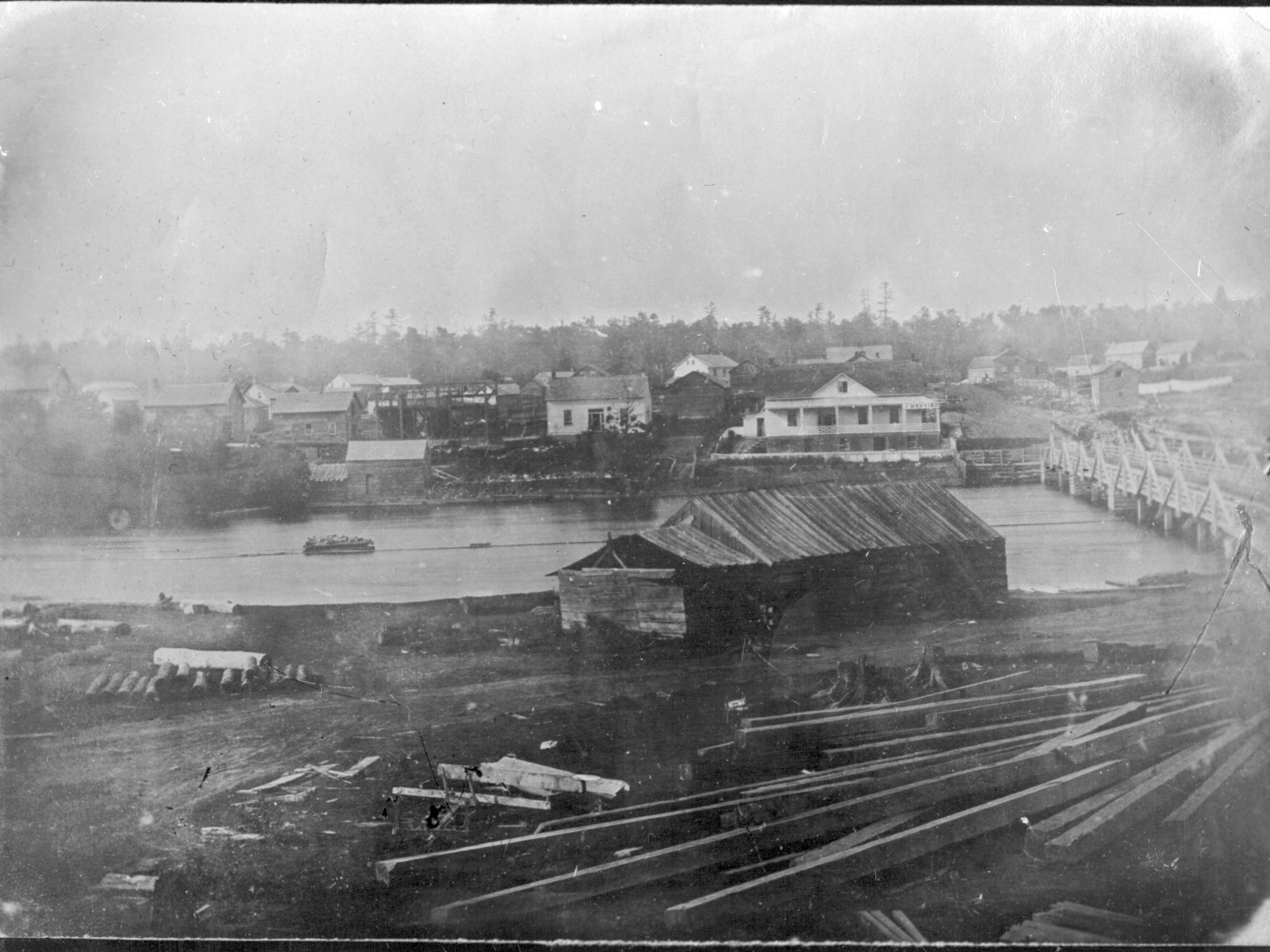 Shipman's lumber yard (where the Almonte Old Town Hall sits today) 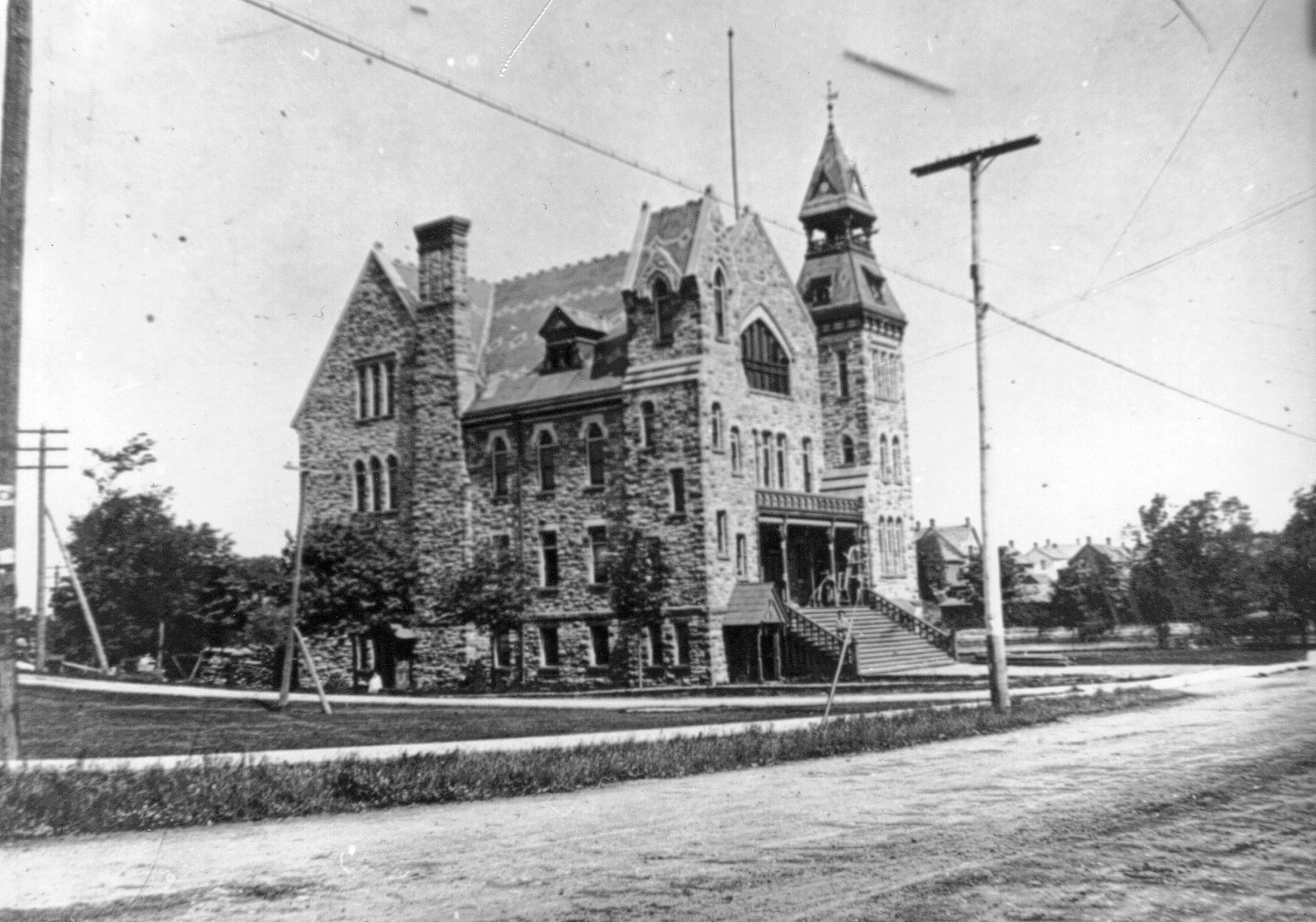 Almonte Old Town Hall 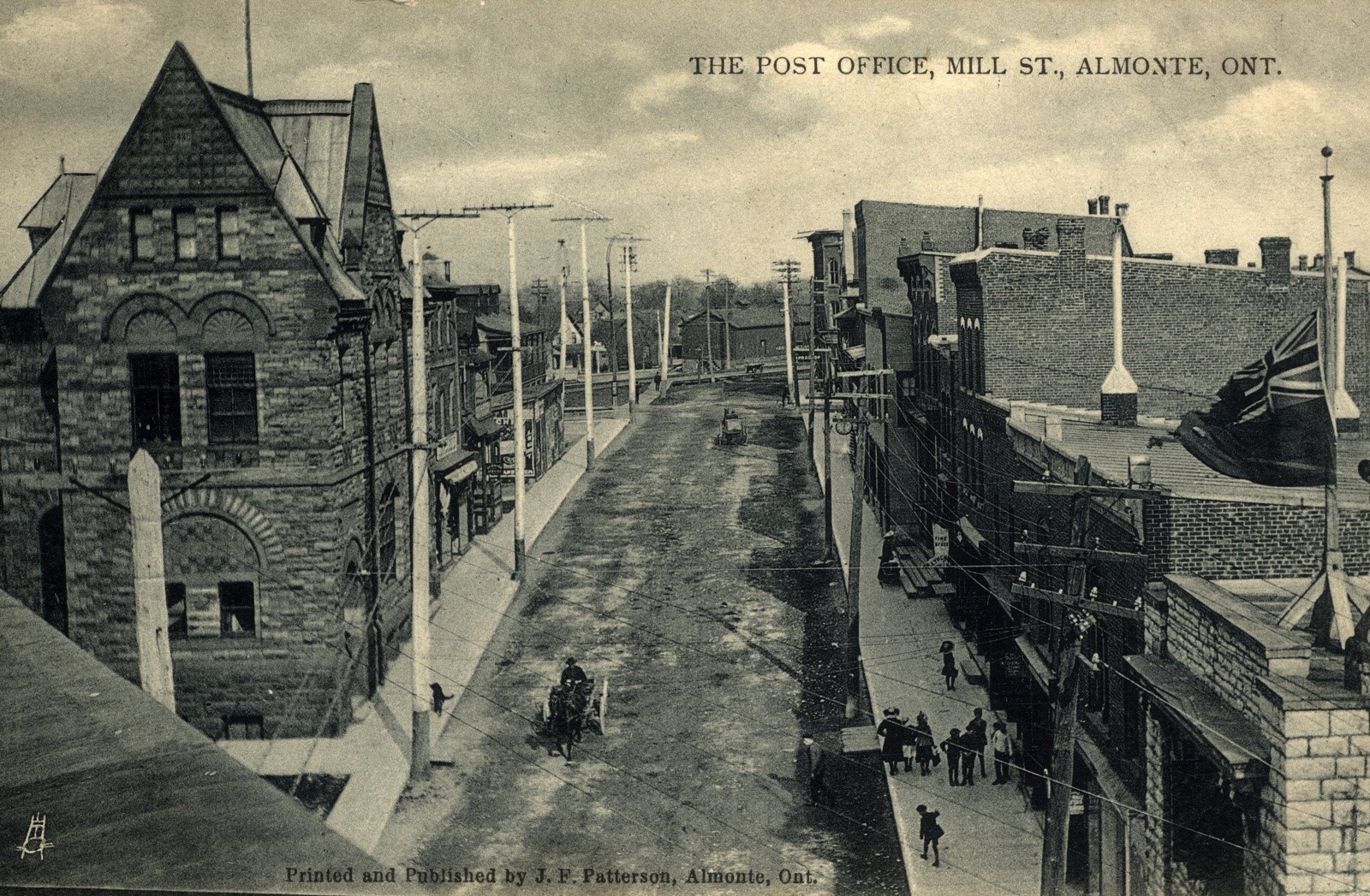 The Old Post Office on Mill Street 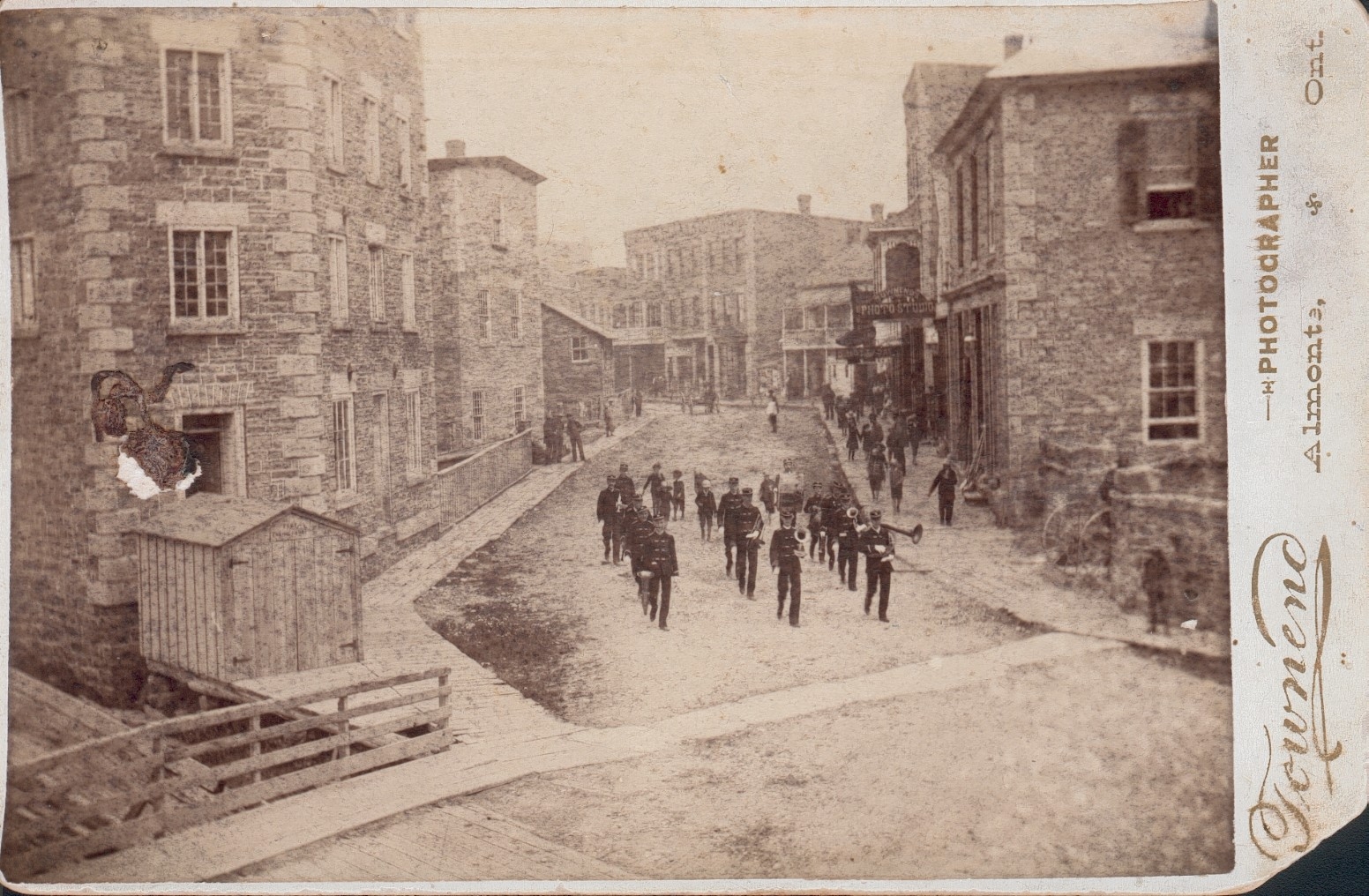 Lower Mill Street circa 1910 |
| Pakenham |
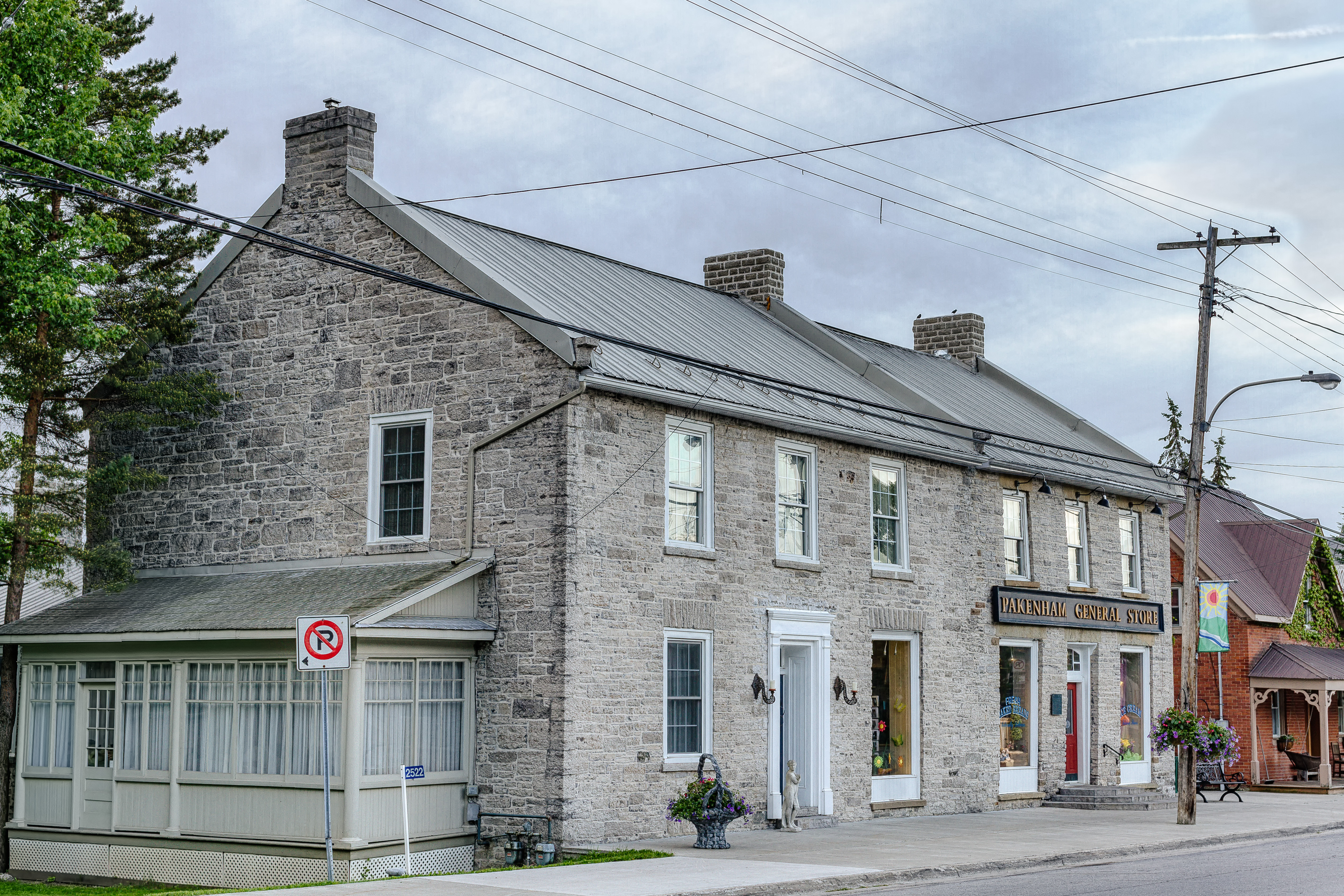 The village of Pakenham was formally established as a postal station in 1823. The village of Pakenham was named for Sir Edward Michael Pakenham, a brother-in-law to the Duke of Wellington. The village was predominately reliant on both the farming and timber-trade for industry. Pakenham is the site of two of Lanark County’s Seven Wonders - the Five Span Bridge built in 1903 and St. Peter Celestine Catholic Church. Another hidden treasure is the Pakenham 1840s General Store & Bakery which dates back to 1840 and is Canada’s oldest general store to have operated continuously on its original site, in its original stone building. Visit this charming village nestled beside the Mississippi River as it descends in boiling rapids beneath the historic Five Span Bridge. Pakenham is a must-see for the outdoor enthusiast – from paddling to skiing to hiking and more. Enjoy Mount Pakenham with its stunning vistas and exceptional ski hill, or spend a day on the golf course, tucked away at the bottom of the mountain. |
| Appleton |
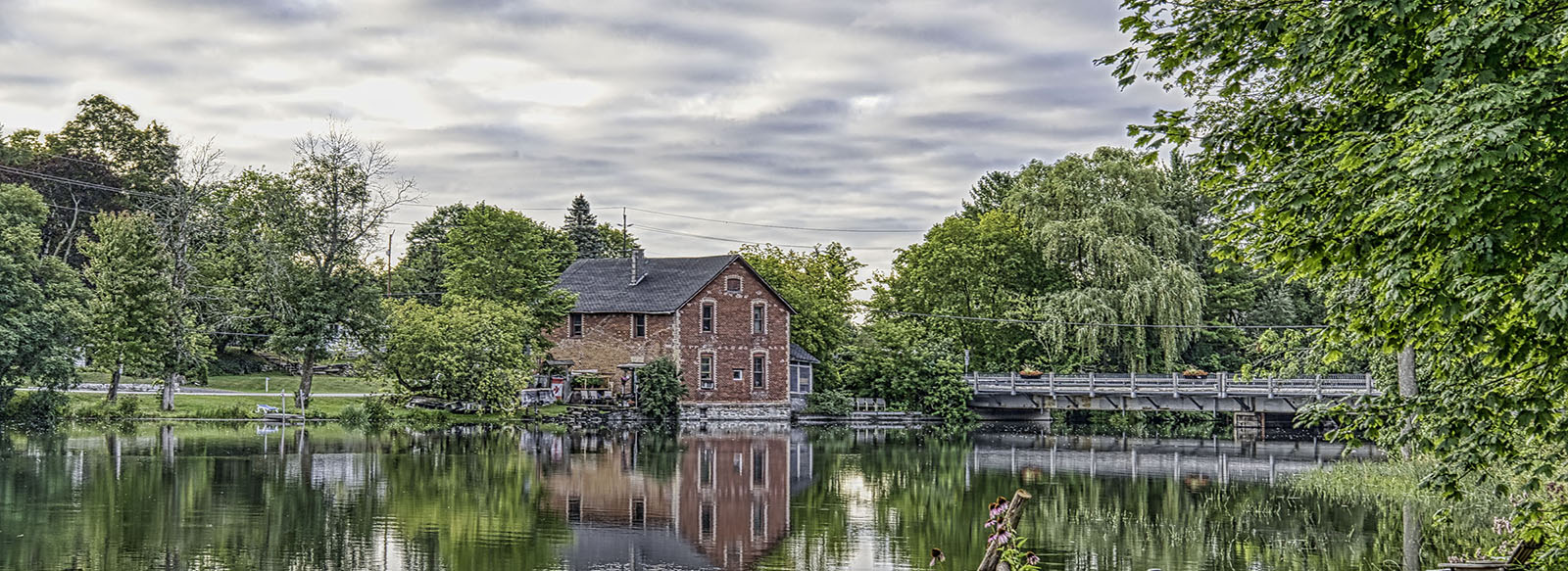 Situated to the southeast of Almonte, Appleton is a quaint village that was first settled in the 1820s. It once was the home to a variety of trades typical to the area including a sawmill, gristmill, blacksmith and cobbler. In 1862 the Teskey family opened a woollen mill that became the village’s main industry for 130 years. Today Appleton is a collection of homes ideally situated along the sparkling Mississippi River. A number of the homes have been preserved that reflect the evolution of residential architecture spanning much of the 19th century. An ideal place to stop for a picnic, Appleton is also home to Mississippi Golf Club, a challenging 18-hole course that features rolling hills and mixed terrain. Appleton is the home of The North Lanark Regional Museum which showcases the local history of the area. |
| Blakeney |
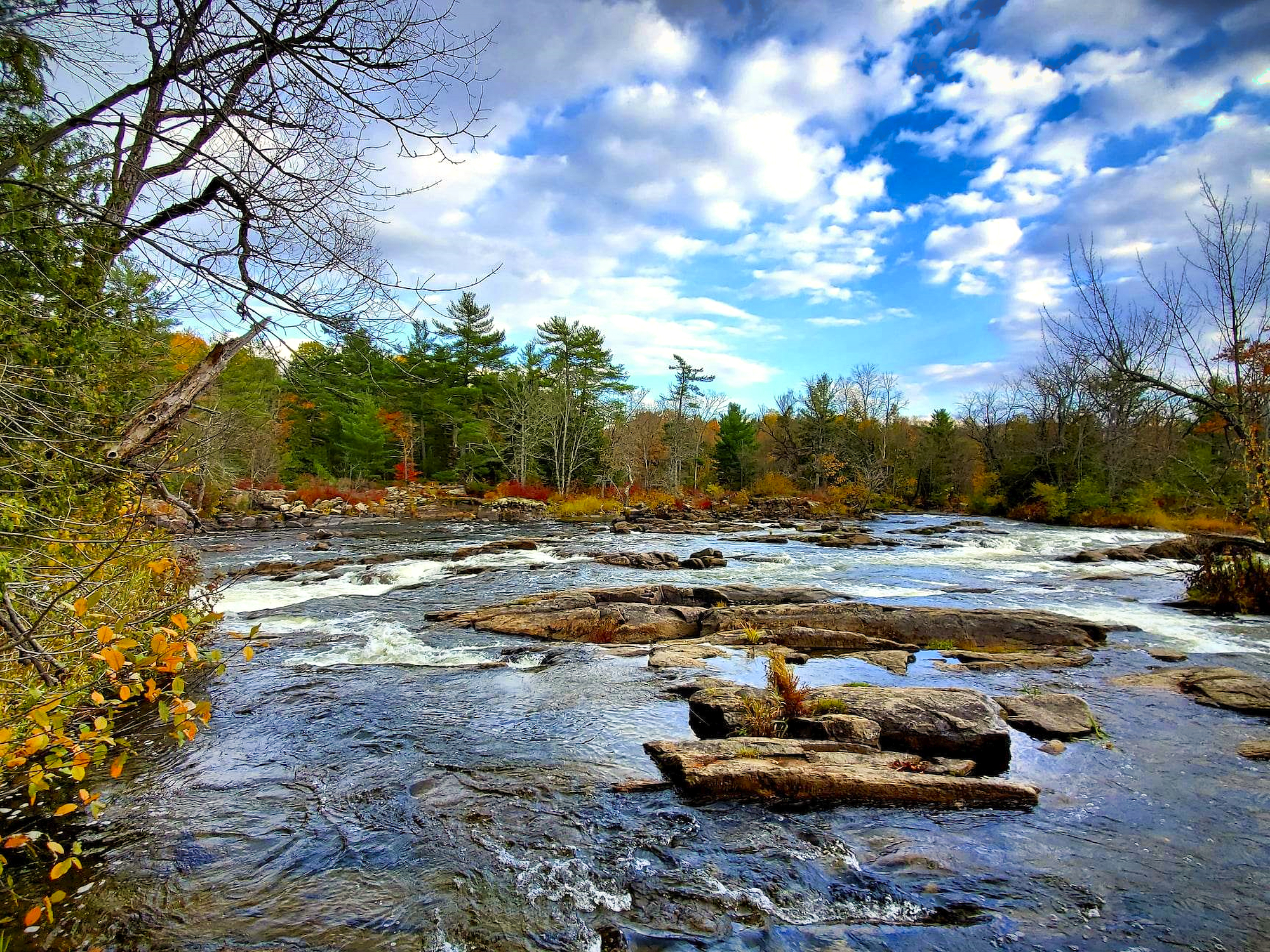 Originally known as Norway Pine Falls, Snedden’s Mills and Rosebank, Blakeney was formally named in 1865. Once a vibrant community with; sawmills, a gristmill, an inn, a tannery, brewery, flour mill, cheese factory, woollen mill, blacksmith shop, general store, post office and Presbyterian Church all built along the river. While nothing remains of the early industries, the Blakeney rapids are a popular attraction for visitors looking to explore the Mississippi River. Visitors and locals enjoy swimming, fishing, kayaking, walking the trails and small bridges contributed by volunteers of the Almonte Fish & Game Association. |
| Clayton |
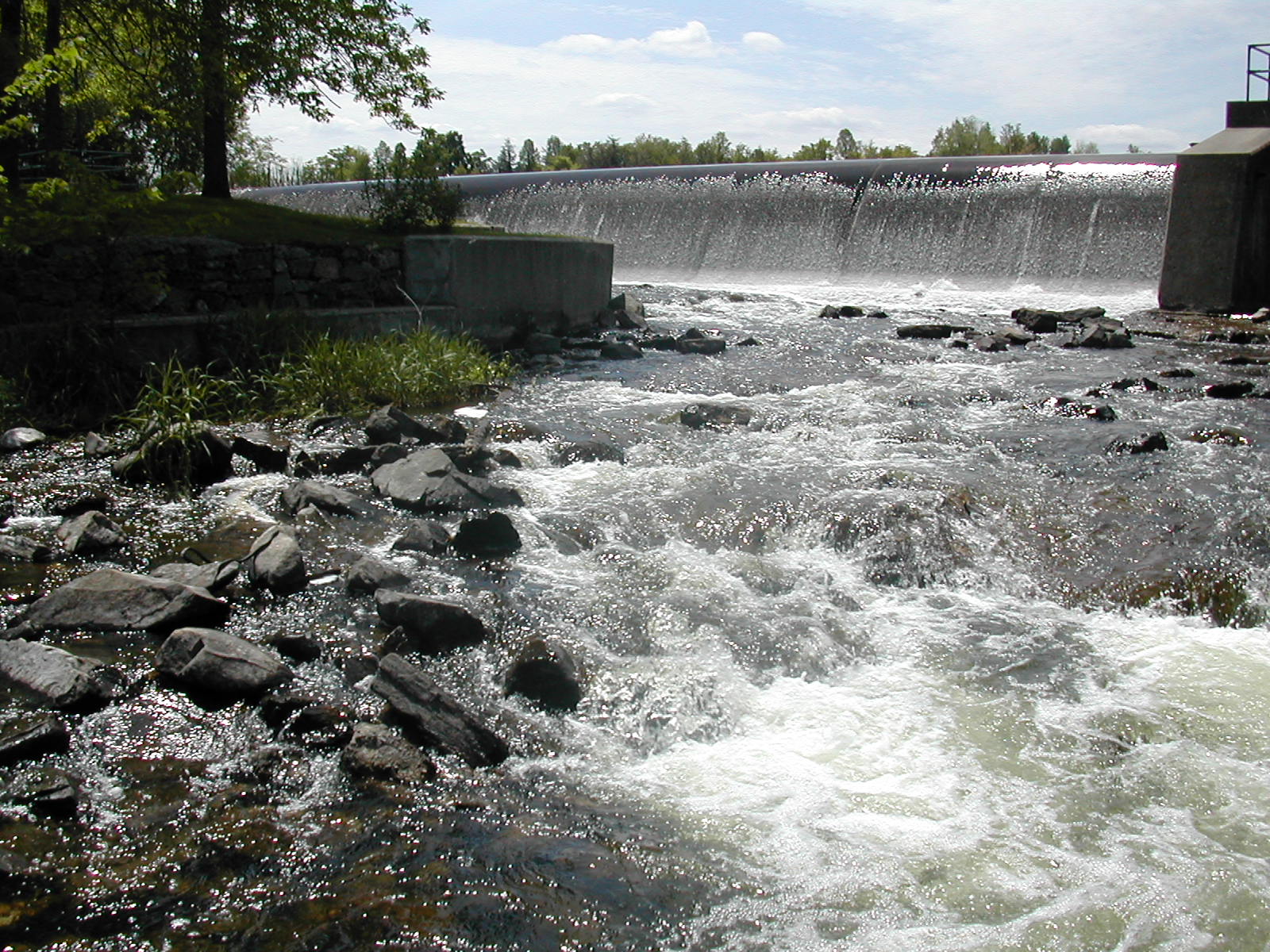 Located to the west of Almonte, Clayton was first named Bellamy’s Mills, Clifton and then finally named Clayton in 1858. The once bustling village included a gristmill, sawmill, carding mills and woollen cloth factory, distillery, hotels, and tannery. The old-style Clayton General Store has been the community hub since 1839 and continues to thrive today! Clayton Lake and the Indian River make this picturesque hamlet a popular spot for fishing, hiking and boating, while the bountiful hardwood forests make it a maple syrup centre for the region. |
| Bennies Corners |
| Bennies Corners is located about 5km west of Almonte and was a small farming community that was at its most prosperous in the early 1860s. Its population was around 150, and many small businesses were in operation ranging from blacksmith to copper to weaver. Even King Edward VII passed through Bennies Corners in 1860! All the original settlers came from Scotland, although most had never farmed, they carved their living out of the bush and prospered building the fine homes that remain today. They left a legacy of perseverance and hard work with their descendants, many of whom are still farming in the area today. Today Bennies Corners is a quiet place with a few home and farm land. It does not reflect the once bustling area as businesses fled to the larger towns. Here is a walking tour of Bennies Corners. This walking tour was created in 1990 so some things may have changed. Here is an article written by Linda Seccaspina that is a great resource of what Bennies Corners once was. It includes a photo of Dr. James Naismith standing outside the Bennies Corners school which he attended. Here is another article about the Baird family from Bennies Corners. |
| Leckie's Corners |











